Public awareness, rescue efforts increase as number of raptors grows
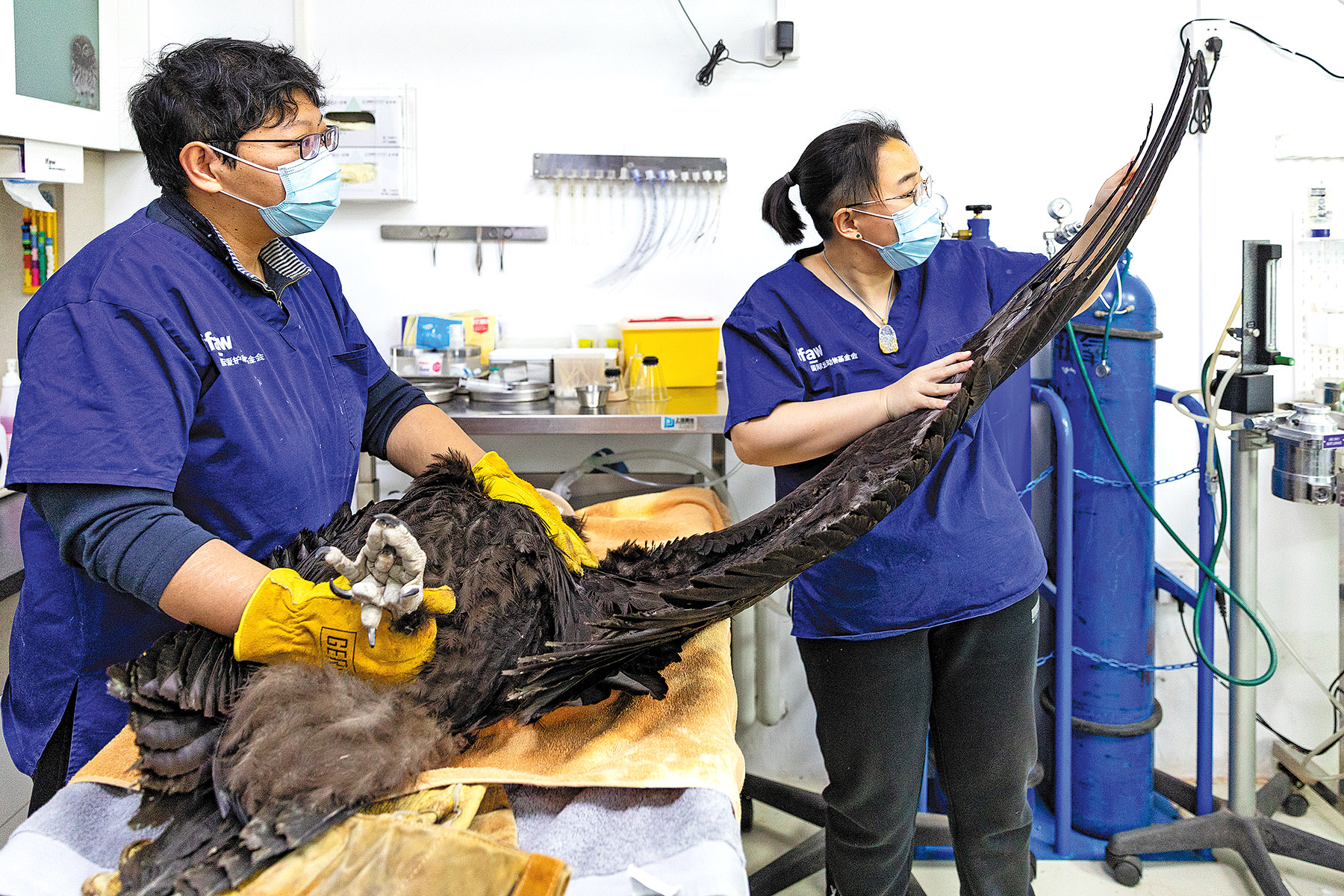
Not long after sunrise, a group of crows encircled a Northern eagle owl that had been hovering for a lengthy period over Houhai Lake in downtown Beijing.
The exhausted eagle owl eventually dropped into the water. The bird flapped its wings and struggled to stay afloat as it tried to protect itself from the crows that appeared ready to attack.
A passerby, who had gone to the lake for breakfast, noticed the distressed eagle owl's predicament.
He parked his electric bicycle, and tried to rescue the bird. Concerned onlookers told him he should be wearing gloves to protect against the eagle owl's sharp talons. Others fetched brooms to aid the rescue effort.
READ MORE: Raptor rescuer keeps birds of prey under her wing
Luckily, the eagle owl managed to reach the shore and was able to latch onto a broom extended by an onlooker. In the afternoon, the bird was sent to the Beijing Raptor Rescue Center for treatment.
Such life-and-death survival battles in the natural world usually take place in the wilderness. But the March 8 confrontation was filmed in an urban center of the nation's capital, and the unusual setting led to the video being widely circulated online.
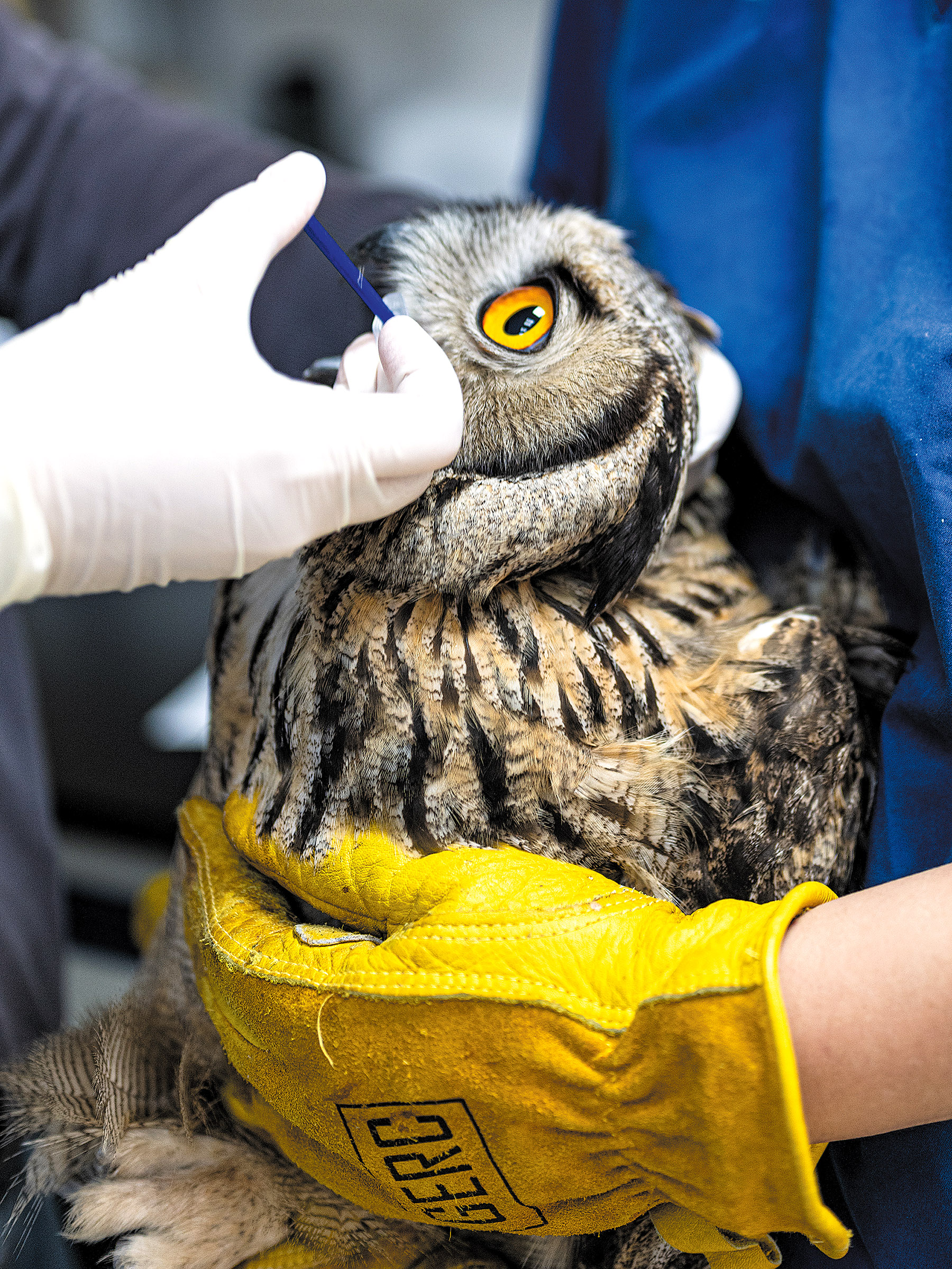
City predators
Owls are listed as a national protected animal in China, and considered a top predator in the capital city. Zheng Zhishan, manager of the rescue center, said the eagle owl is the largest wild owl species in Beijing. It usually stands at a maximum height just above 70 centimeters, and can weigh more than 5 kilograms.
"When a raptor appears as a top predator in a particular region, it can easily create a ripple effect among nearby birds, causing them to 'pounce' on it to protect their territory," Zheng said.
She said all bird species are wary of raptors — the top avian predators — as they pose a threat to their survival.
Sun Quanhui, a scientist with World Animal Protection, said eagle owls are relatively large and mainly prey on small birds and mammals such as hares and pheasants.
"Eagle owls are less likely to be found in densely populated urban areas, and are mostly found in the outer suburbs of the city," Sun said.
"A possible reason for the appearance of the eagle owl at Houhai Lake is that the ecological environment of Beijing has improved significantly in recent years. The population of eagle owls in mountainous and suburban areas has continued to grow, with some individuals inadvertently entering into the city center in search of new living spaces," he said.
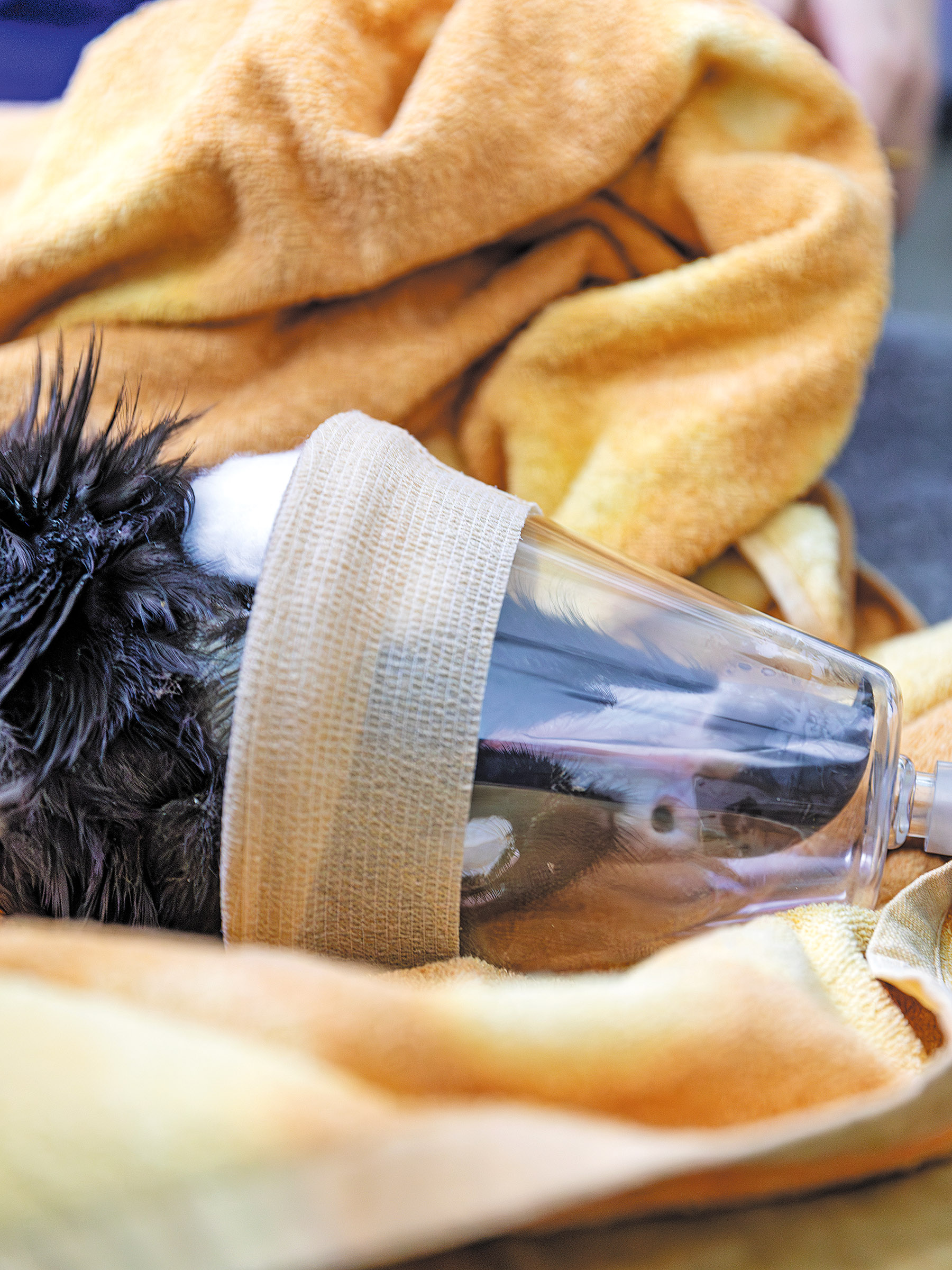
On March 19, raptor rescue center staff conducted a full examination of the rescued eagle owl. Zhou Lei, a rehabilitator who has worked at the center for more than a decade, and her colleague, Dai Chang, started the assessment by placing the eagle owl on a clean sheet.
The eagle owl's body was still wet, and the color of the skin under the feathers looked abnormal in some areas.
"Later we found it might be because the eagle owl struggled a long time in the river,"Zhou said, adding they found an old fracture of the bird's keel bone.
"In the artificial environments, wild animals easily get stressed, so its appetite was not good in the early stages of rehabilitation," she said. "Its initial weight was 1,916 grams. Now it weighs 1,790 grams, which means it may have had a bad intestine and stomach, and needed further treatment."
The fullness of the eagle owl's pectoral muscles, an indicator of a bird's fitness, was low, she added.
"To keep it healthy and help it return to nature as soon as possible, we injected it with a nutrient solution, which can help the eagle owl quickly regain its strength," said Zhou. The center released the eagle owl back into the world at the beginning of April.
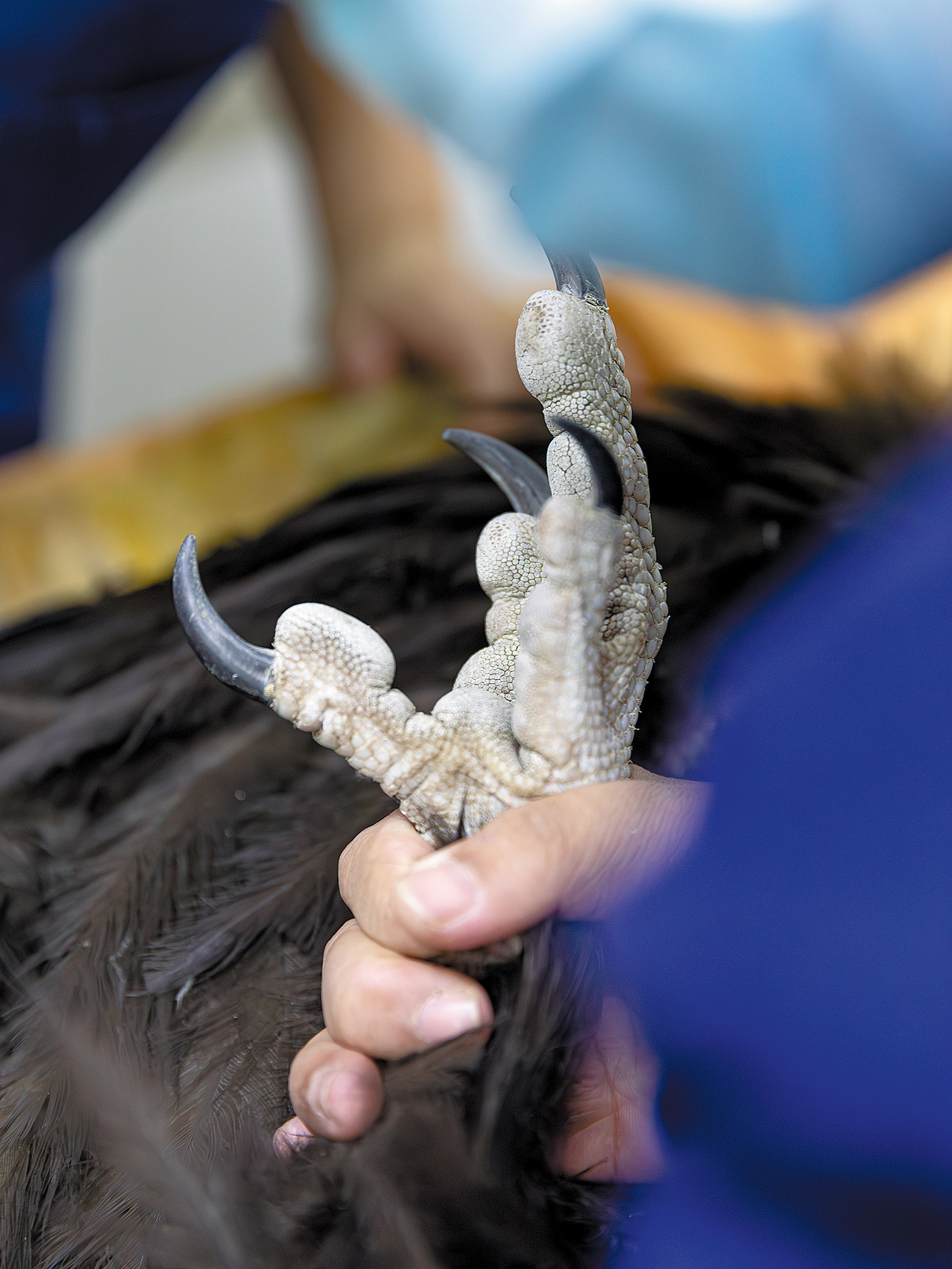
Caring for creatures
The eagle owl is one of 6,200 raptors the Beijing Raptor Rescue Center, regarded as the most professional organization of its type in China, has rescued since it was established in December 2001. Among other birds of prey rescued and treated at the center are falcons, eagles and vultures.
The International Fund for Animal Welfare in partnership with Beijing Normal University, founded the center to conduct wild animal rescues, habitat protection work, as well as help resolve conflicts between humans and wildlife.
Beijing lies along four important bird migratory routes for raptors, and also serves as a natural habitat for them.
As raptors are at the top of the food chain, they need a large population of species to sustain their existence, Zhou said. Their presence in a region is an indicator of good biodiversity and a healthy ecological environment, she said.
Raptors are carnivores and have two physical characteristics that distinguish them from other birds: beaks with a 90-degree curve, and very sharp and powerful claws.
"Only those that meet these two conditions are considered raptors," said Zhou, adding raptors have keen vision, sharp hearing as well as light and agile bodies.
There are five families and 99 species of raptors nationwide.
In Beijing, birds of prey from four families — Accipitridae (hawks and eagles), Pandionidae (ospreys), Falconidae (falcons), and Strigidae (owls) — and 50 species can be observed. Two new species of birds of prey, Brahminy kite and Black baza, have been added to the capital's bird classifications in the past two years, Zhou said.
Although raptors are at the top of the avian food chain, they are not immune to injury.
The raptors the center receives are often weak due to exhaustion during migration or lack of food in winter, Zhou said. Some have external injuries from collisions, net entanglements and slingshot injuries. Others have been either poisoned or illegally traded, especially when they are chicks or juveniles. Raptor injuries also occur due to urban development and human activities.
The center's physical examination of injured raptors includes checking their weight and general condition, the integrity of their feathers, and whether there is any evidence of trauma, Zhou said.
They are sometimes X-rayed to determine if there is a fracture or any other injuries. Blood tests may also be conducted to check for inflammation and infection, and the bird may need to undergo an operation if necessary.
After receiving medical treatment at the center, the raptors need to remain there to make a gradual recovery, she added.
The aviary they are kept in simulates the raptors' natural environment. The ground is covered with stones and grass, and the swing-like perches help replicate swaying on tree branches.
The rehabilitation aviary is surrounded by wooden structures covered by two layers of mesh, obscuring the sight of humans and helping the birds to relax. Rehabilitators observe the raptors' recovery through the high-resolution cameras in the cages to avoid disturbing the raptors, Zhou said.
During the raptors' recovery, the therapists feed them whole mice and quails, food they would eat in a wild environment. Oriental scops owls and Oriental honey buzzards are fed mealworms and bee pupae.
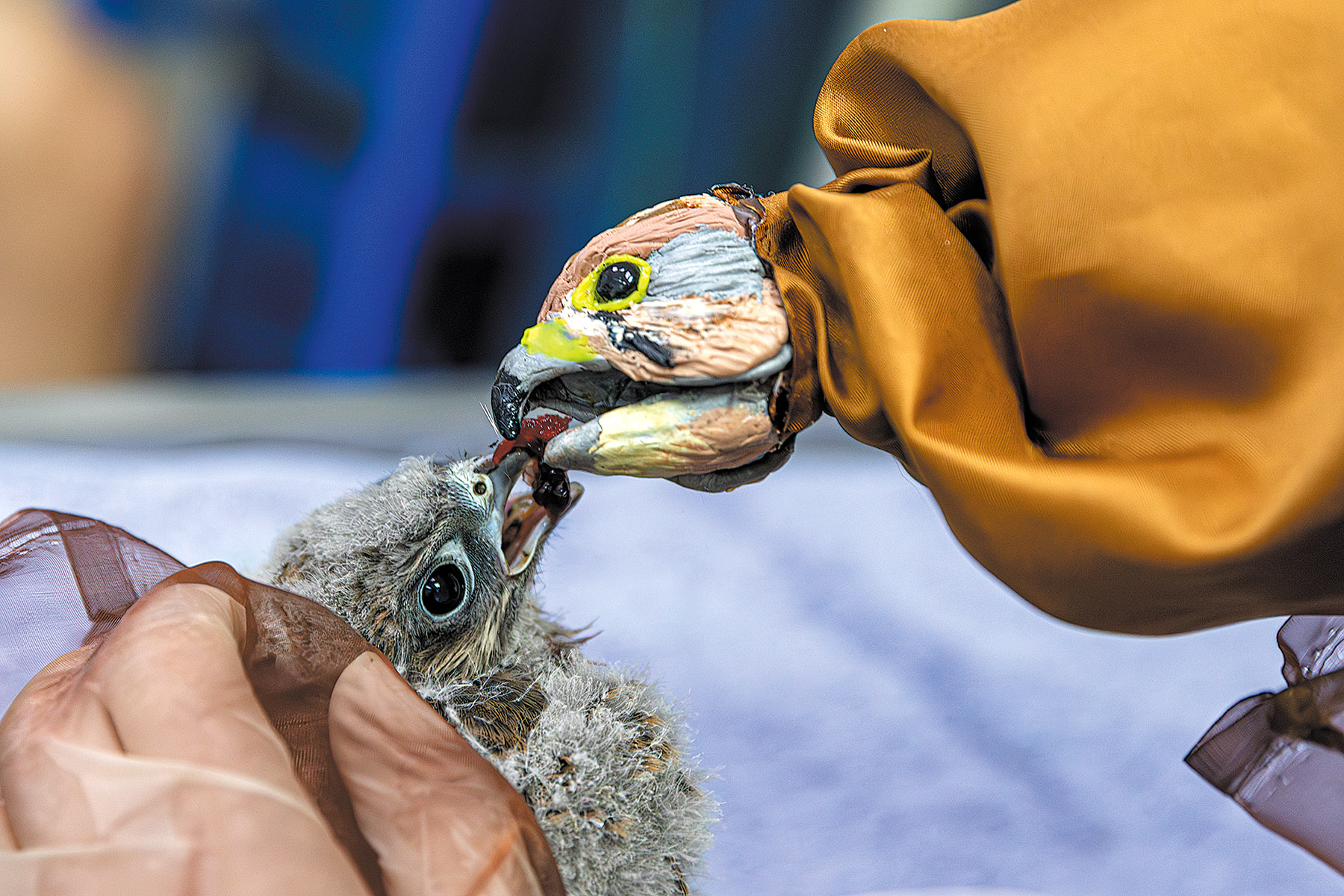
Close bonds
Zhou said a vulture rescued last year had left a deep impression on her.
A group of bird-watchers discovered the injured vulture on the ice of a river in Shahe, Changping district, on Dec 7, 2024. The raptor was in a poor condition with frostbitten talons.
After being taken to the center for a physical examination, an X-ray revealed the vulture had an internal fracture. The therapist decided the best treatment was to feed the bird to restore its strength, while limiting its activity area.
"By preventing it from having the opportunity to vigorously flap its wings, we allowed the bone to heal on its own and slowly recover," she said.
"After about two months, it had recovered very well. We then moved it from the small recovery enclosure to a much larger aviary to observe its flight ability," Zhou said.
The raptor rescue center has continuously added new equipment for better treatment and examination of the birds. Its first anesthesia ventilator, and a temperature-controlled surgical bed allow the rehabilitators to perform physical examinations and surgeries.
Some raptor bones are as thin as toothpicks, and rehabilitators need to use fine surgical needles to reconnect bones. During surgery, the therapist's wrist must be steady, aligning the fractured ends of the bone before inserting the needle. "Bird bones are both hard and brittle, so we must control the pressure well," said Zhou.
After surgery, the raptors undergo regular physiotherapy while under respiratory anesthesia to help them move their joints."Otherwise, even if the bone heals, the joint will be useless," she said.
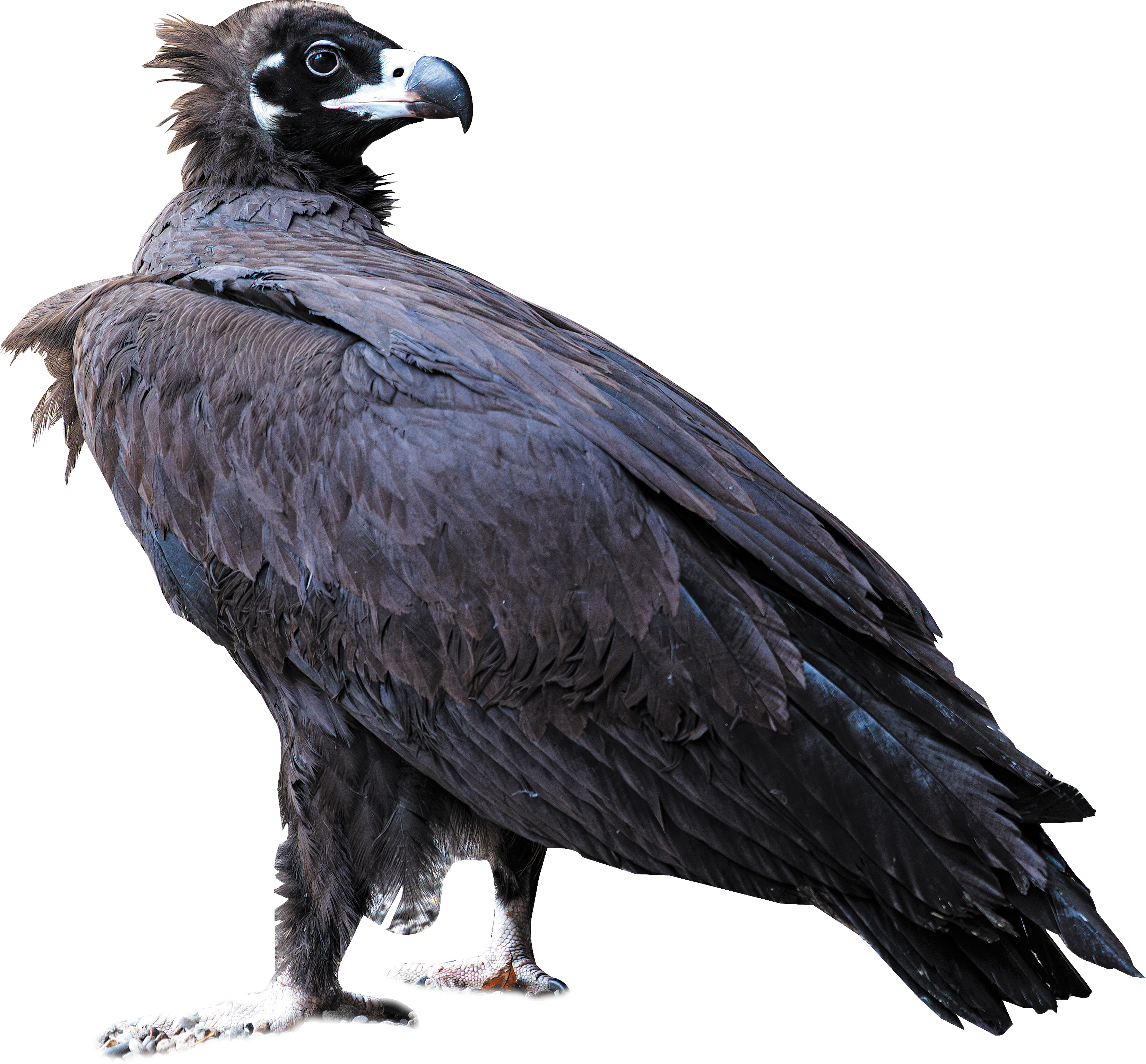
Fledgling efforts
Baby birds that have fallen from their nests are also treated at the center. Zheng, the center manager, said raptors develop imprinting behavior at one to four weeks after hatching.
"To prevent the fledglings from developing incorrect imprinting behavior toward their human caregivers, our rehabilitator wears a hat covered with gauze and some decorations to hide her face and holds a puppet in the shape of a bird of prey to use its simulated beak to feed the fledglings, just like in the wild," said Zheng.
She added that during the process of raising baby raptors, the rehabilitators avoid unnecessary contact with them. As the baby raptors grow, they learn naturally from each other, practicing flying and gradually mastering hunting skills by relying on their instincts.
"We actually try to keep our contact with the animal to a minimum during the rescue process, which means that we do not expect additional affection from the raptors," Zheng said.
ALSO READ: Rescued leopard cat returned to wild habitat
"The purpose of a rescue is to release it back into the wild, so we try as much as possible to avoid interacting with them and things like that."
With increasing public ecological awareness, the number of rescued birds accidentally harmed by poison has decreased, from an annual average of 10 between 2002 and 2005, to fewer than three in the past five years, center data showed.
The decline coincides with new legislative measures to protect animals and their habitats in recent years, Zheng said.
In May 2023, the revised Law on the Protection of Wildlife went into effect. The law prohibits the use of poisons, explosives, electric-shock or electronic devices for hunting and trapping wild animals.
Local authorities have also strengthened their protection efforts.
In April 2020, Beijing's wild animal conservation regulation, banned the human consumption of all terrestrial wildlife and certain aquatic wild animals that are on the Beijing wildlife conservation list. Trading the listed animals was also forbidden in markets.
Anyone who is found artificially breeding wild animals faces a fine of 20,000 yuan to 100,000 yuan ($3,074 to $15,350), according to the regulation, which took effect on June 1, 2020.
xinwen@chinadaily.com.cn


